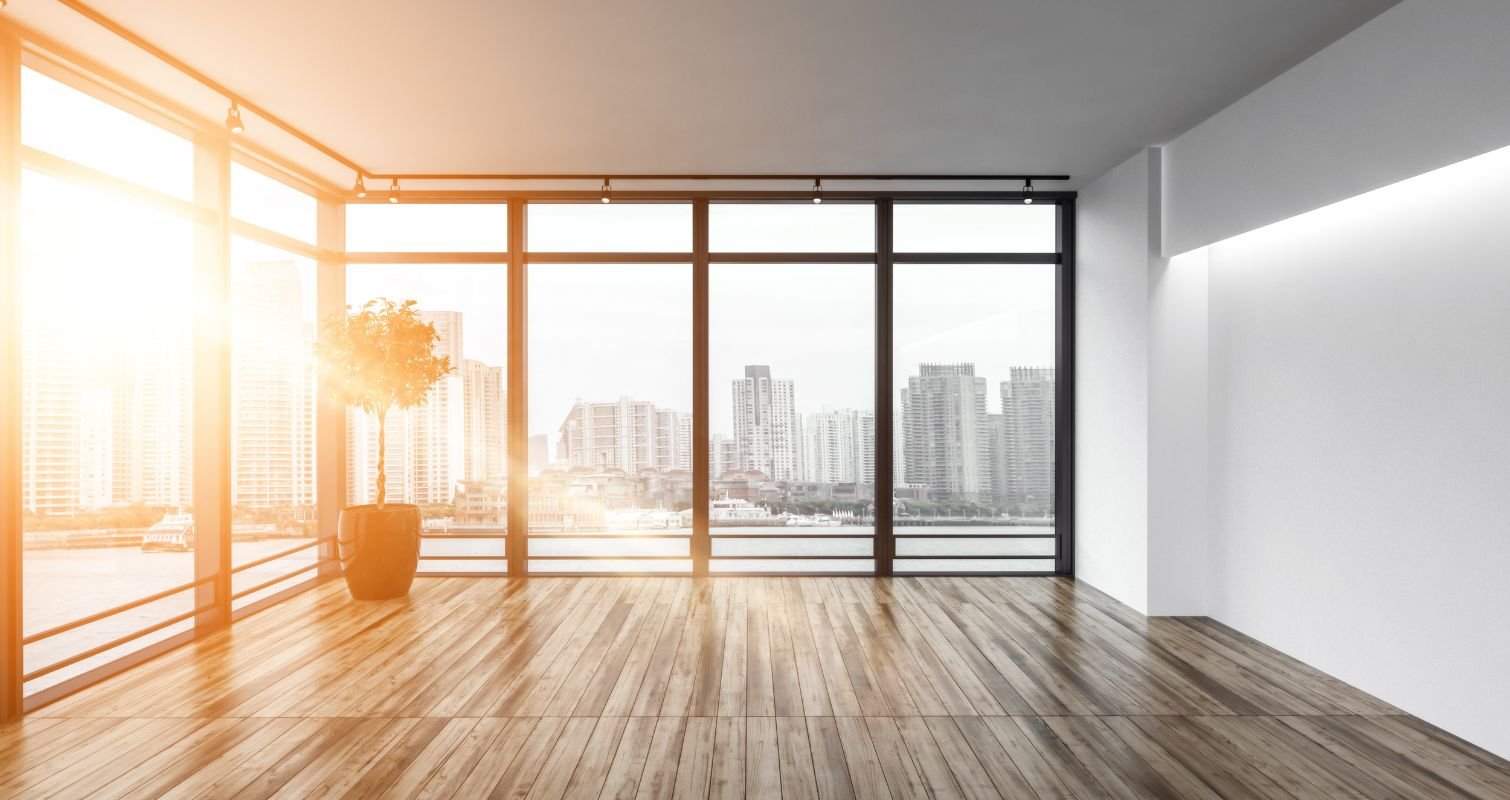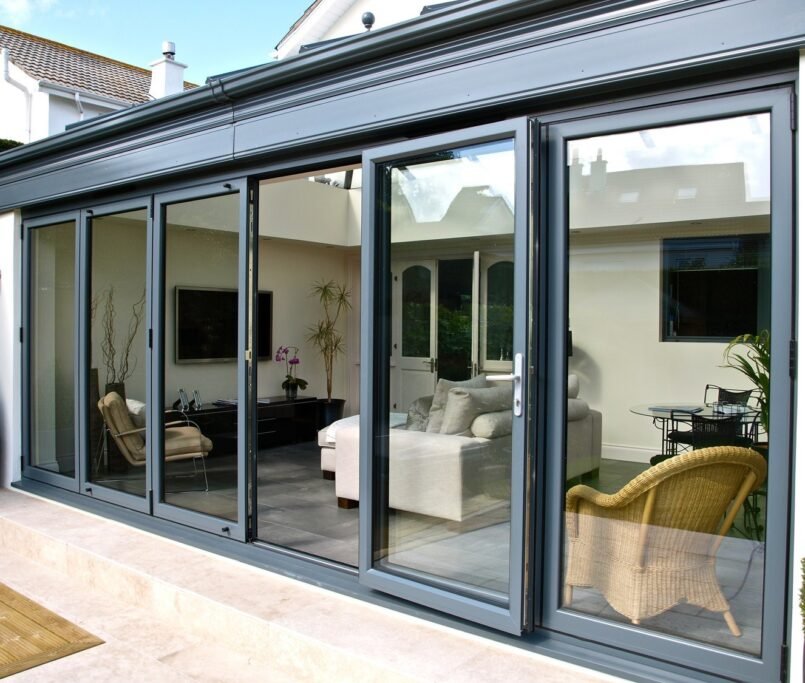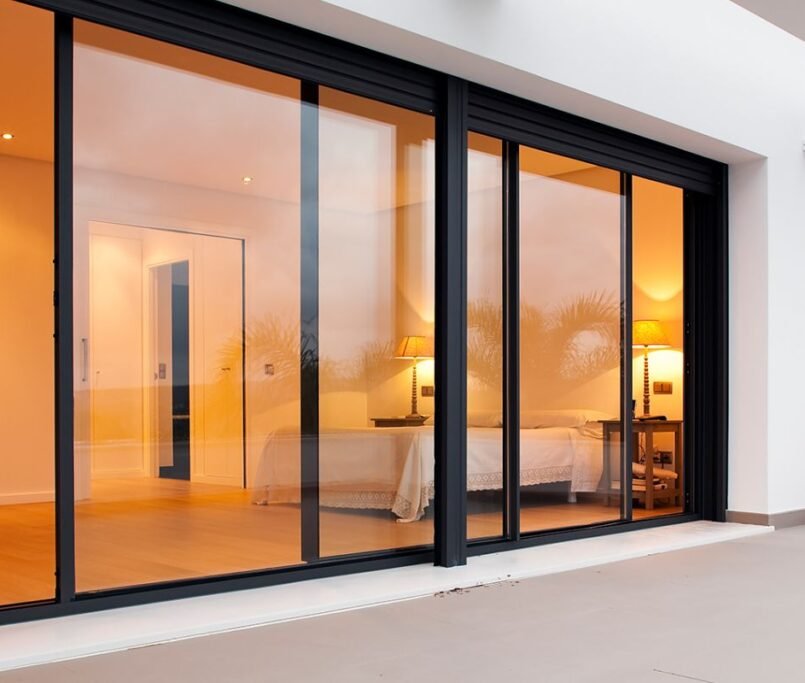Understanding UPVC and System Aluminum Doors & Windows
Introduction to UPVC Doors and Windows
Unplasticized Polyvinyl Chloride (UPVC) is a robust and rigid form of PVC that is commonly utilized in the manufacturing of doors and windows. UPVC’s composition involves the polymerization of vinyl chloride monomers, reformulated to exclude plasticizers, yielding a sturdier and more durable material. This unique formulation bestows UPVC with several properties tailor-made for the construction of doors and windows.
One of the standout advantages of UPVC is its remarkable durability. Unlike wood, which is susceptible to rotting, and aluminum, which can corrode over time, UPVC withstands the adversities of weather without degrading. This resilience makes UPVC doors and windows ideal for a variety of climates, from the humid tropics to the harshest winters.
In addition to durability, UPVC is known for its low maintenance requirements. The material does not need painting or sealing, unlike wooden counterparts. Cleaning UPVC surfaces is straightforward, often requiring nothing more than a mild detergent and water. This ease of maintenance not only saves time but also reduces long-term upkeep costs.
Energy efficiency is another key advantage of UPVC doors and windows. The material’s inherent insulation properties contribute significantly to heat retention, helping to maintain indoor temperatures and reduce energy bills. UPVC frames are designed to accommodate double or triple glazing, further enhancing thermal and acoustic insulation.
When it comes to aesthetics, UPVC doors and windows come in a wide array of styles and finishes. From classic casement windows to contemporary sliding doors, there is a design to suit virtually any architectural style. Modern manufacturing techniques also allow UPVC to mimic the appearance of wood, providing homeowners with the desired look without the associated maintenance.
Moreover, UPVC is a cost-effective alternative to traditional materials. Not only is the initial investment in UPVC doors and windows generally lower, but the material’s longevity and minimal maintenance requirements also add to its cost-effectiveness over time.
In essence, UPVC doors and windows offer a blend of durability, ease of maintenance, energy efficiency, and cost-effectiveness, making them a preferred choice for modern construction.
Understanding System Aluminum Doors and Windows
System aluminum doors and windows represent a sophisticated and high-performance solution in modern architecture. Aluminum, as a construction material, is prized for its exceptional strength, lightweight nature, and inherent resistance to corrosion. These characteristics make it an ideal choice for building robust and durable doors and windows that require minimal maintenance over their lifespan.
The term ‘system aluminum’ refers to the integrated approach to door and window design, where aluminum is used in meticulously engineered systems that deliver superior functionality. One of the primary advantages of system aluminum is its enhanced thermal insulation. Advanced design techniques, such as thermal breaks and specialized glazing, significantly reduce heat transfer, ensuring energy efficiency and maintaining comfortable indoor temperatures. Additionally, system aluminum offers excellent soundproofing capabilities, providing a quieter indoor environment by minimizing external noise intrusion.
A notable feature of system aluminum doors and windows is their design flexibility. Aluminum’s strength allows for the creation of slim, sturdy frames that can support large glass panels, maximizing natural light penetration and offering unobstructed views. This characteristic not only enhances the aesthetic appeal with a sleek, modern appearance but also promotes a harmonious connection between indoor and outdoor spaces.
From an architectural perspective, the versatility and adaptability of system aluminum doors and windows are unmatched. They can be customized to fit diverse design specifications, making them suitable for various applications, from residential homes to commercial buildings. The ability to design larger openings and integrate seamless elements contributes to contemporary, minimalist designs that are both practical and visually stunning.
When compared to other materials such as wood or uPVC, system aluminum stands out due to its superior durability and low maintenance requirements. While the initial cost of system aluminum doors and windows might be higher, their long-term benefits—such as energy savings, durability, and reduced maintenance—often justify the investment. Moreover, the lightweight property of aluminum simplifies the installation process, further offsetting some of the initial costs.













